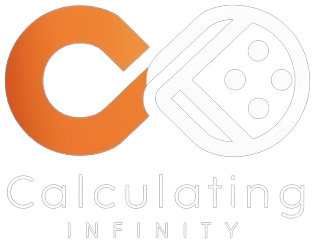Ethereum (ETH) is poised for a resurgence in 2025 because it rides a wave of rising developments to capitalize on a $100 trillion alternative in tokenizing real-world property (RWAs), in keeping with a letter shared with buyers by Bitwise’s senior funding strategist, Juan Leon.
The doc highlighted that the crypto market was marked by two narratives this yr: Bitcoin’s (BTC) new all-time excessive, pushed by spot exchange-traded funds (ETF) approval within the US, and Solana’s (SOL) meteoric reputation as retail buyers piled into memecoin hypothesis.
Consequently, Ethereum’s 66% year-to-date return paled when in comparison with BTC’s 130% achieve and SOL’s 106% rally.
ETFs signaling modifications
Nonetheless, latest indicators recommend a reversal of sentiment. Over the previous 10 days, Ethereum ETFs have attracted a staggering $2 billion in internet inflows, eight instances the $250 million internet inflows recorded within the previous 4 months.
On Dec. 5, knowledge from Farside Buyers identified that the spot Ethereum ETFs traded within the US registered $428.5 million in inflows, a brand new day by day document propelled by $292.7 million directed at BlackRock’s ETHA.
Furthermore, Ethereum ETFs noticed lower than three-digit day by day inflows in solely 3 out of the ten previous buying and selling days noticed inflows.
This surge signifies that institutional and retail buyers are warming as much as Ethereum once more.
RWA development
The tokenization of real-world property could be the gasoline for Ethereum’s resurgence. This course of includes digitizing conventional property — resembling Treasury payments, actual property, and commodities — into blockchain-based tokens, providing sooner, cheaper, and extra environment friendly buying and selling and settlement.
Tokenization is now not a far-off dream. Main gamers like BlackRock, Franklin Templeton, and UBS have adopted blockchain expertise to tokenize RWAs. BlackRock’s tokenized treasury fund, BUIDL, at present has a market cap of $544 million.
Based on the letter, real-world property are valued at roughly $100 trillion globally, making a staggering alternative. Whereas it might take many years for important parts of this market to shift to blockchain rails, Leon sees immense potential upside.
Contemplating that Ethereum holds 81% of the RWA market, Leon estimates that charges generated from RWA-linked exercise on Ethereum might in the end surpass $100 billion yearly, greater than 40 instances the community’s $2.4 billion in charges year-to-date.
The letter attributes Ethereum’s dominance to its standing as essentially the most dependable and decentralized sensible contract platform, secured by its lengthy historical past of supporting decentralized functions and its huge distributed validator community.
Because the world’s largest asset managers discover tokenized property, Ethereum stays the “battle-tested” normal. Moreover, regulatory tailwinds might speed up this transformation, setting Ethereum for doubtlessly explosive development.
The letter famous that an more and more pro-crypto U.S. Securities and Alternate Fee (SEC) could present much-needed readability, eradicating boundaries to adoption and institutional participation.


